On Friday 24th January, I paid a visit to BETT 2020 at the ExCeL centre in East London. For 4 days, this huge exhibition showcases the latest technology and innovation for education, as well as hosting talks and discussions related to the field. As LEaD’s new Multimedia and Video Specialist, I was keen to seek out and get hands on with exciting new kit and see how it could enhance teaching and learning at City.

There were a range of new smart boards on show, with an interesting model by Samsung which easily flips from horizontal to portrait orientation. Extremely touch-sensitive, it allows the user to use fingers, pens, even paint brushes to manipulate objects and draw on screen. An authentic paint tool allows the user to mix simulated oil and watercolour paints like they were real paints on canvas.
Chinese company Leadpie demonstrated a new hybrid tablet, which is essential a cross between an Apple iPad and an Amazon Kindle. The detailed display allows you to draw and make notes with a pressure-sensitive stylus and the experience was very much like drawing on paper with a pencil. Because the screen has no backlight and is not constantly refreshing, the device uses very little power and can run for weeks without being recharged.
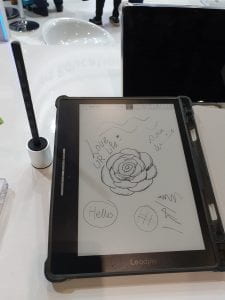
STEM resources were in abundance, with make-your-own robots and VR / 3D simulations particularly impressive. I really enjoyed one resource which allowed the user to explore in 3D very realistic on-screen body parts – without any bodily fluids getting in the way!

Writing on Glass
One innovation really did grab my attention. At City, we sometimes create videos using a glass board. A lecture stands behind the board and a camera points at them through the glass. The lecturer can then write on the glass using a pen, giving the impression that text is magically appearing in thin air in front of them. Not only does this allow rapid explanation of concepts using text, dynamically changing diagrams and highlighting using circles and arrows but the presence of the lecturer allows more connection with the audience and the ability to use body language and other gestures to aid the teaching experience.
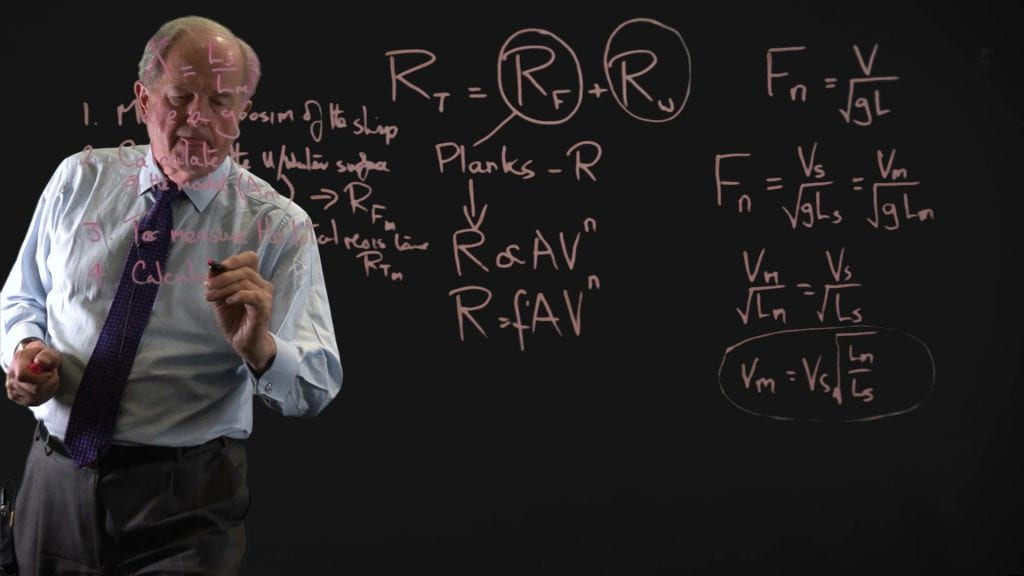
Jalinga is based on this system but has taken it to an exciting new level. The glass board is still present, but now it is touch sensitive. A camera records the presenter through the glass but items are augmented on top of this footage, such as slides, lines, text, web pages, video, simulations, etc. As the presenter touches the glass, they can draw lines, grab objects, move to a new slide and interact with these augmented items. A monitor near the camera shows the presenter the result, so they can see what they are grabbing and drawing. The finished result can be projected or recorded, quickly and easily creating an exciting resource for teaching without any editing or post animation work.

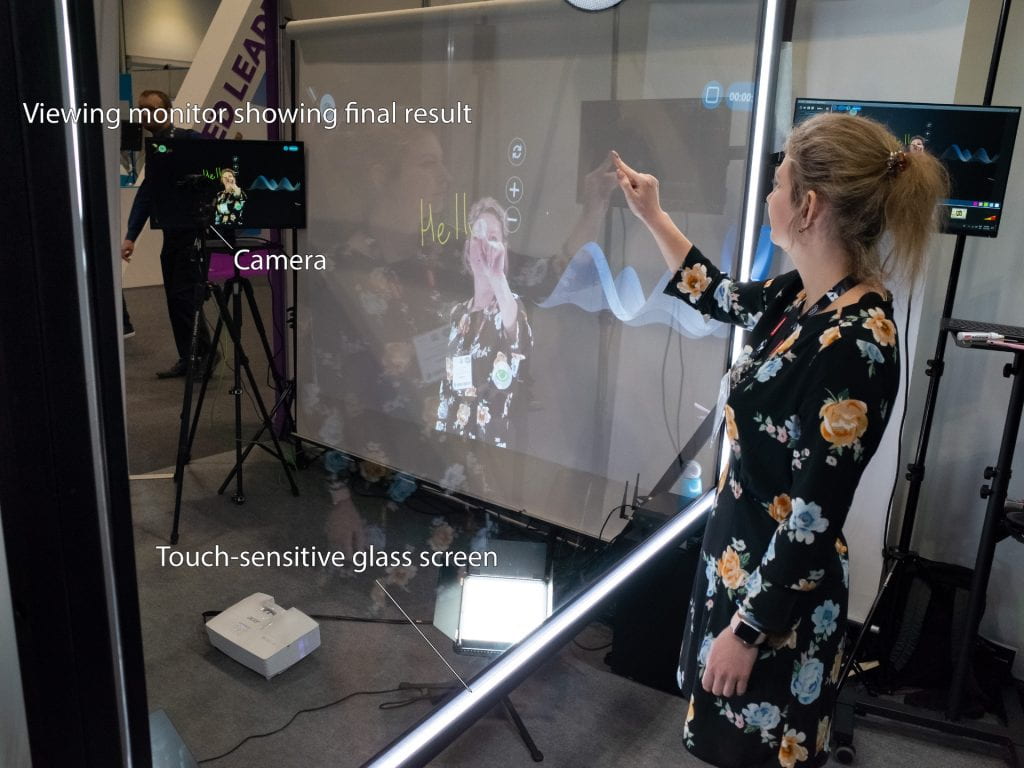
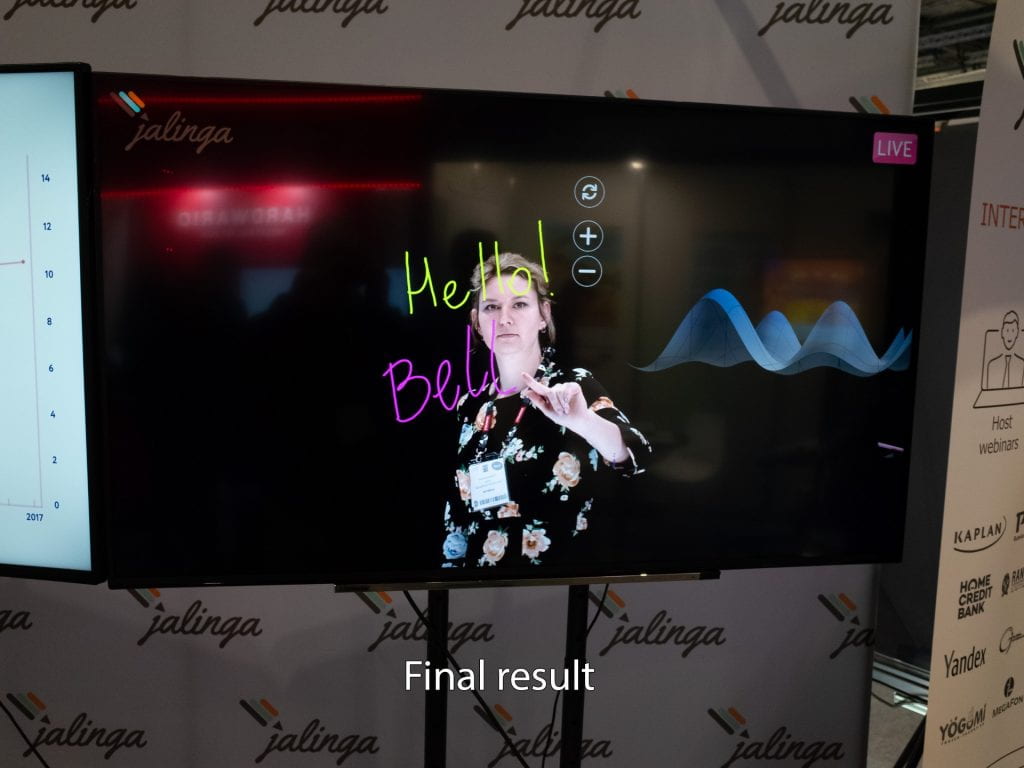
I had a go myself, and although it took a short while to get used to grabbing virtual items and drawing with my finger, it didn’t take long before I was an expert. I did find the prop marker was much easier to use for drawing than my finger! I’ve been invited to their studio in Shoreditch, so I do aim to give it more of a whirl and see what is truly possible.
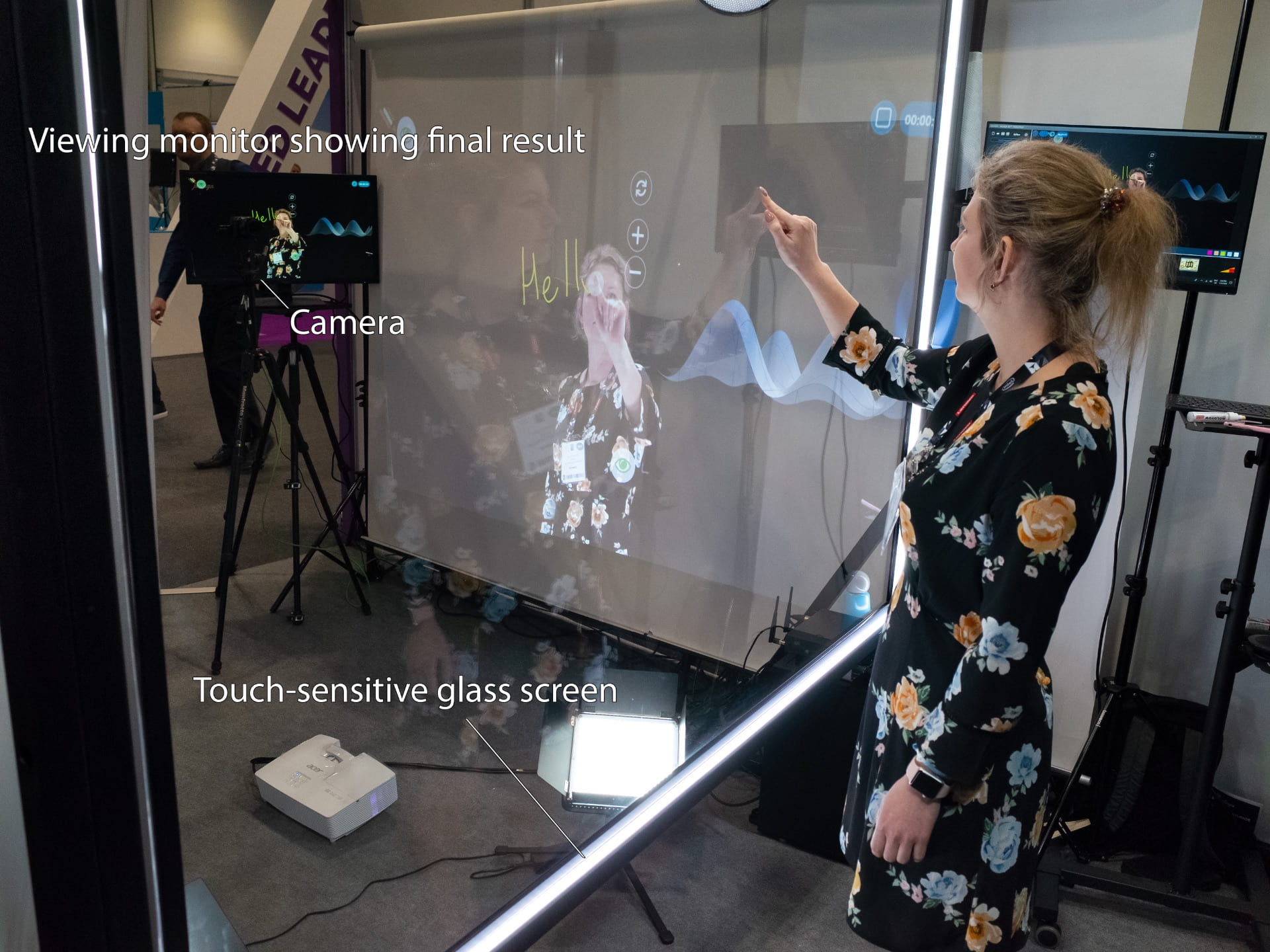

Thanks for this Steve- Jalinga does look like great fun!